

The 2016 Mw 7.8 Kaikōura earthquake was a complex sequence of ruptures that included 12 major faults and nine lesser faults. The initial rupture started on a fault near Culverden and then jumped ...
READ MORE

At present, it is not possible for scientists to accurately predict the time, location or strength of earthquakes, nor to tell if a swarm of small quakes are foreshocks to a larger event or just ...
READ MORE
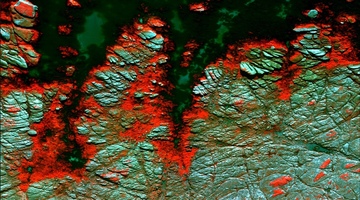
Aerial imaging is not new, and scientists have been using data gathered from manned flights for decades. In recent decades, Earth-oriented satellites have become the dominant method of collating ...
READ MORE

In this activity, students select items to include in a home disaster kit in case of emergency and calculate how much food and water they will need to include in a disaster kit for their family ...
READ MORE

In this activity, students work in small groups to select a 6-member disaster response team from a set of 12 biography cards. By the end of this activity, students should be able to: better ...
READ MORE

Challenge students to take on a variety of scientific roles to help solve the planet’s environmental and energy issues with Magma Drillers Save Planet Earth. The game is built around students ...
READ MORE
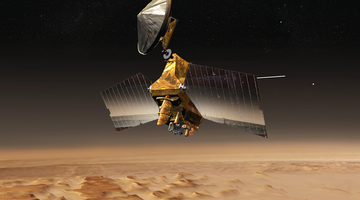
The Planet Four online citizen science project is designed to assist planetary scientists to identify and measure features on the surface of Mars that don’t exist on Earth. Help is needed to ...
READ MORE
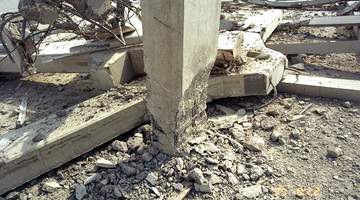
About 14,000 earthquakes are recorded in and around Aotearoa New Zealand every year. Canterbury’s 7.1 and Kaikōura's 7.8 magnitude earthquakes and subsequent aftershocks show the constant threat ...
READ MORE
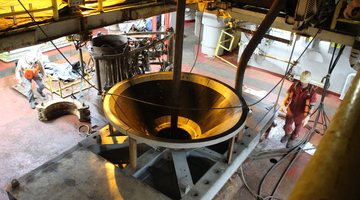
In this recorded professional learning session, Lyn Rogers and guest Aliki Weststrate from GNS Science explore some of the science involved in building our understandings of natural hazards ...
READ MORE
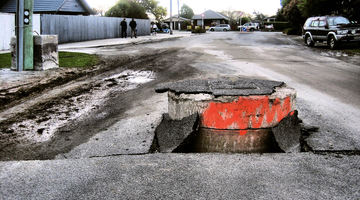
This online PD session, recorded on 18 February 2015, focuses on using Science Learning Hub earthquake resources to plan an Earth and Space science unit. It models how a variety of resources can ...
READ MORE
Dr Stefano Pampanin from the University of Canterbury believes seismic engineering relies on the merging of knowledge from many scientific areas, using an interdisciplinary approach and combining ...
READ MORE
A Sustainable Seas National Science Challenge project led by Dr Leigh Tait monitored kelp recovery after the 2016 Kaikōura earthquake. NOTE: This video has no voice over or dialogue, only ...
READ MORE
Slow slips are silent earthquakes that occur below the Earth’s surface over a large area, unlike traditional earthquakes we feel that occur in a relatively small region. Before discovering slow ...
READ MORE
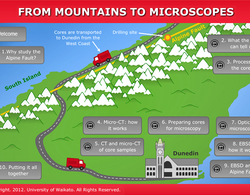
In this interactive follow a core sample as it makes its journey from the Alpine Fault to microscopic examination. Click on the labels for more information. Select here to view the full ...
READ MORE
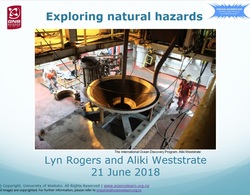
This is the slideshow that supports the Exploring natural hazards PLD webinar. Use the Slideshow menu for further options, including view full screen, and go here for the download option.
READ MORE

This slideshow, from the recording Earth and Space Science scholarship introduction, provides additional support for the video tutorial. Use the Slideshow menu for further options, including view ...
READ MORE